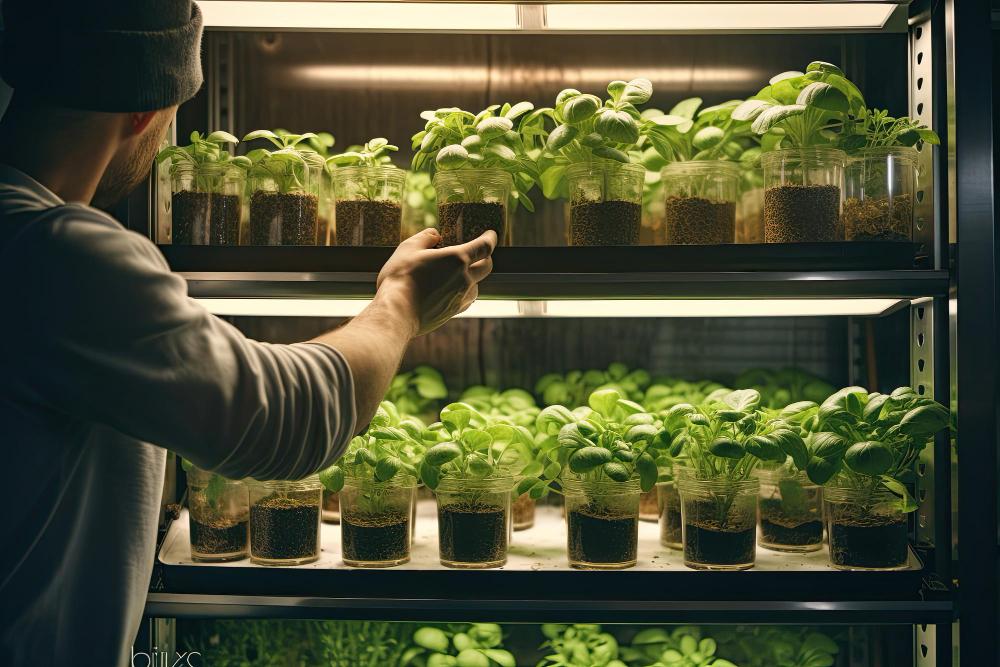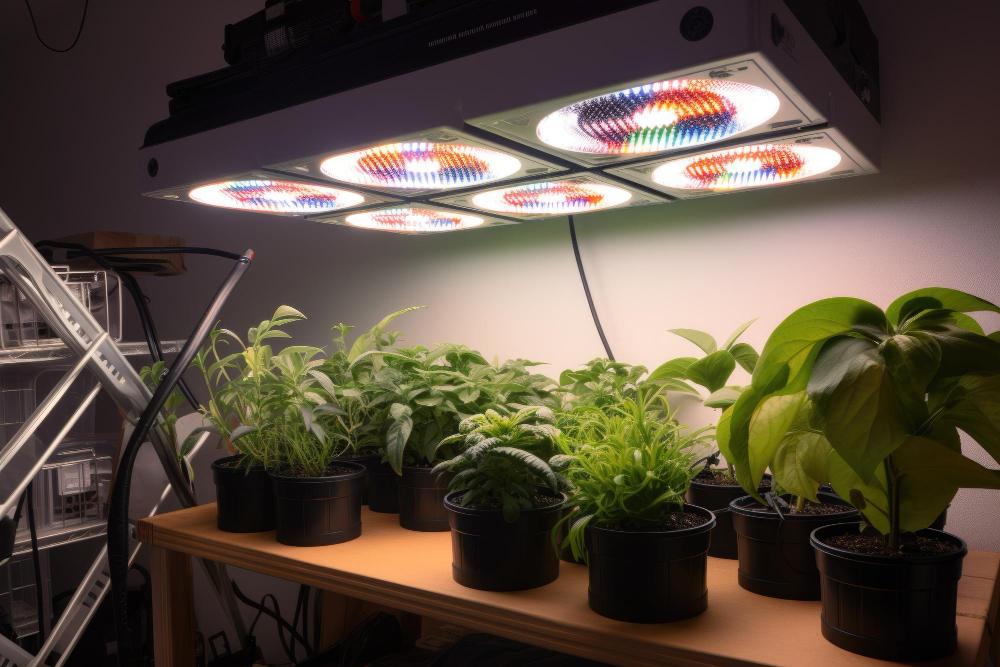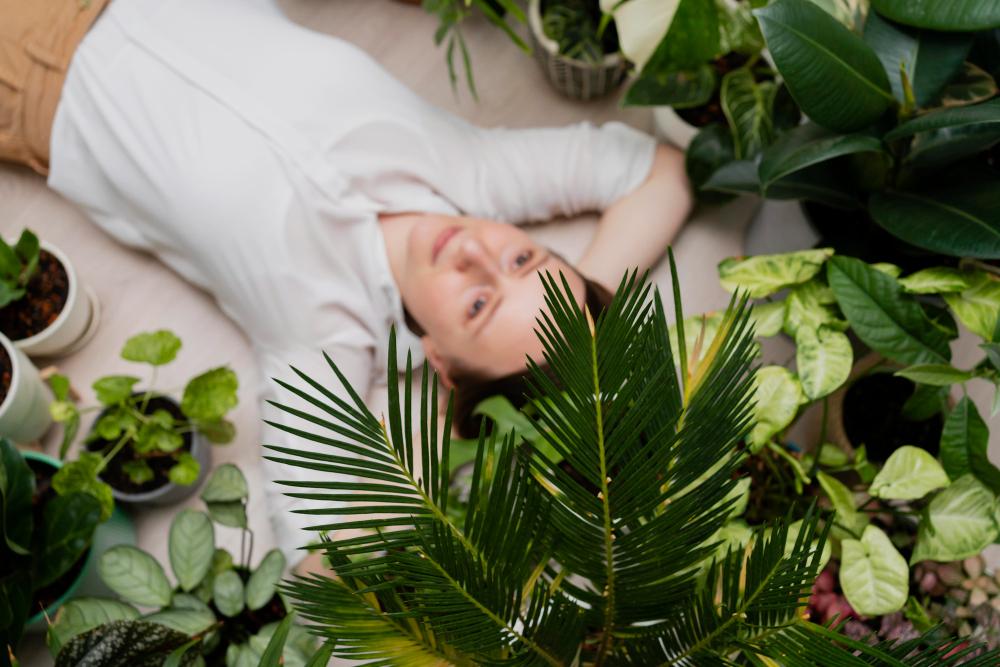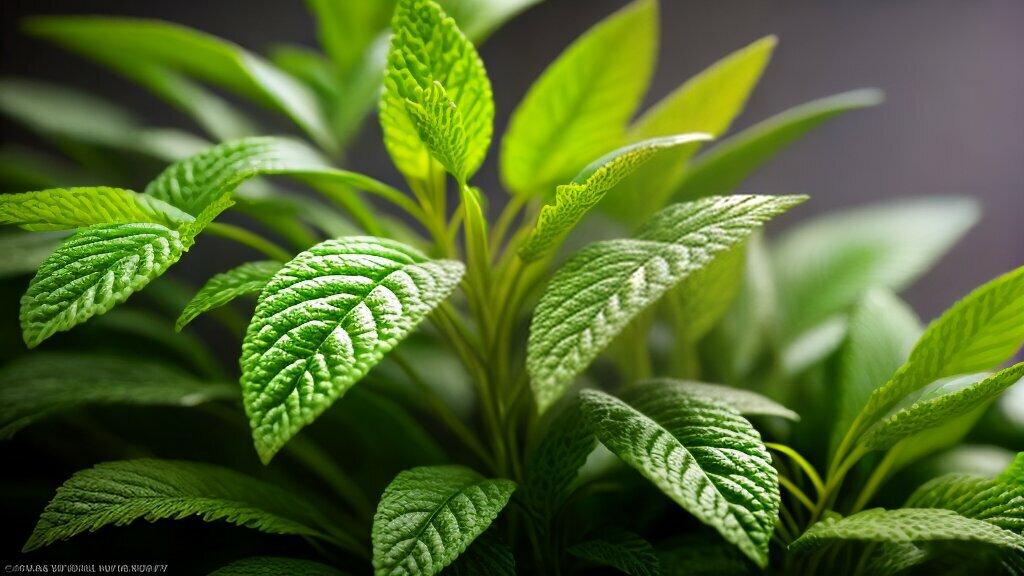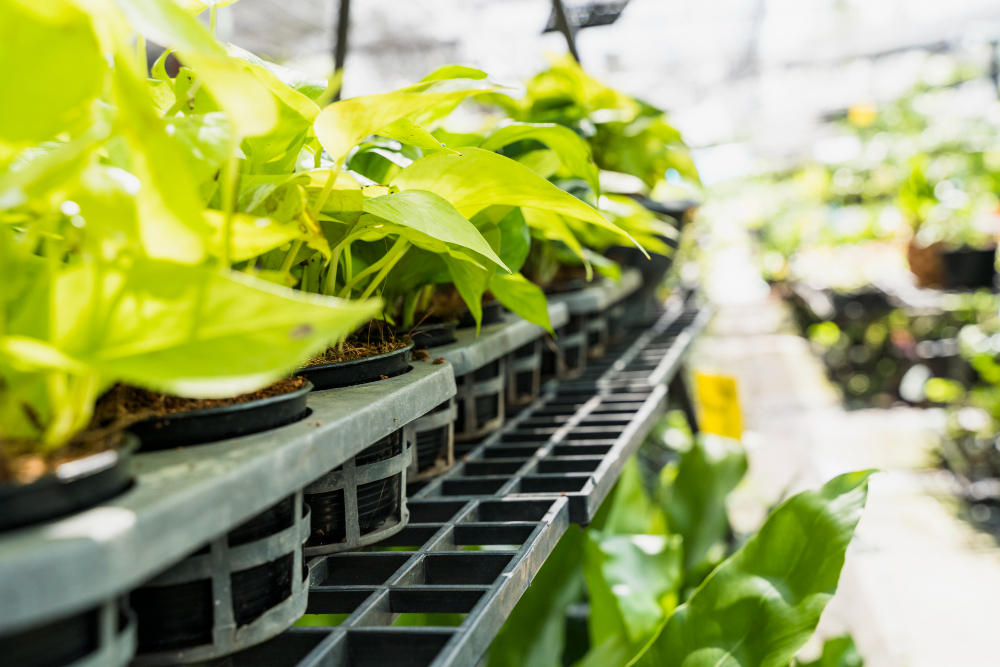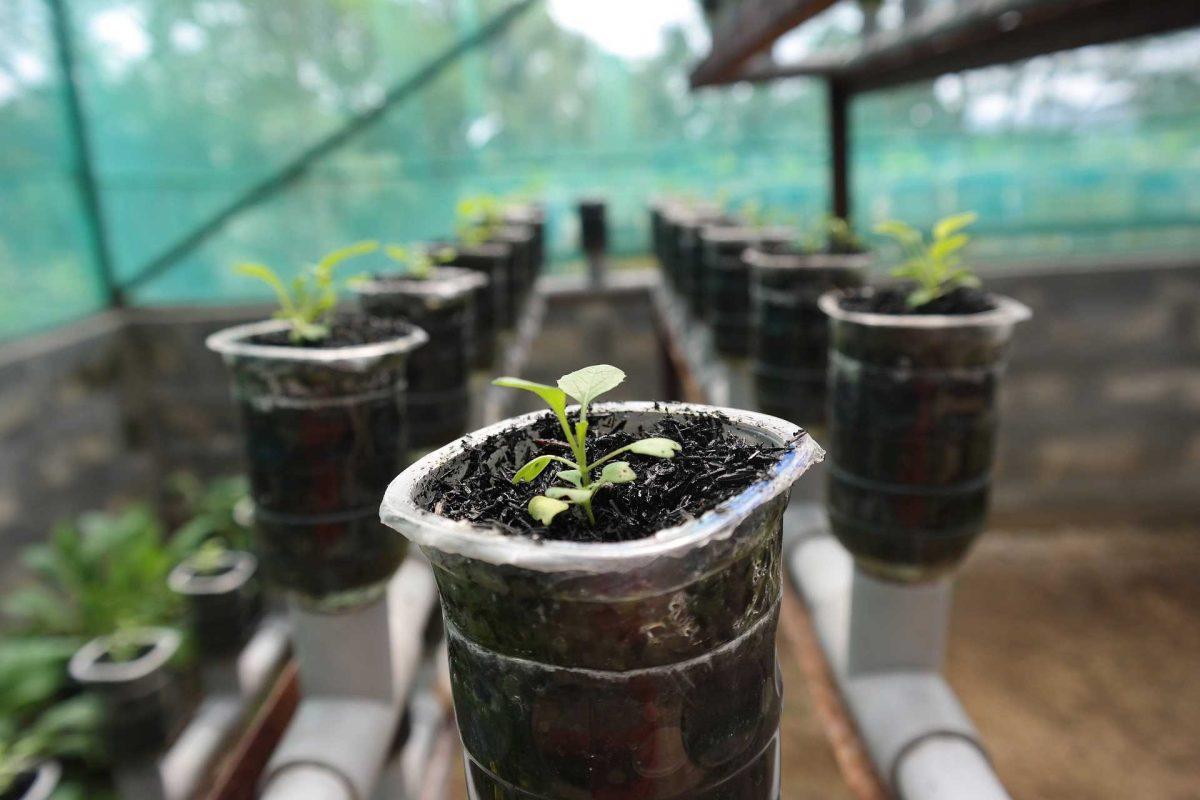Introduction
Welcome to our latest article! We’re excited to explore the fascinating world of indoor horticulture and how it can help you create a serene and peaceful meditation space in your home. With the stresses of modern life, it’s important to have a space to unwind and reconnect with your inner peace, and indoor horticulture can be a valuable tool in achieving this.
In this article, we’ll take a closer look at the benefits of indoor horticulture for relaxation and mental well-being, the different types of plants that can be used to create a calming atmosphere, how to choose the right plants for your space, and tips on how to care for your indoor garden so it thrives. We’ll also explore how to design a peaceful meditation space that incorporates indoor horticulture and sustainable gardening practices to reduce environmental impact.
Key Takeaways:
- Indoor horticulture can be used to create a soothing meditation space in your home.
- Plants have been proven to improve air quality, reduce stress, and promote a sense of calm.
- Choosing the right plants for your space, and providing the correct lighting and care, are essential for a thriving indoor garden.
- Designing a meditation space that incorporates indoor horticulture and natural elements can enhance the calming atmosphere.
- Practicing sustainable gardening practices can help reduce waste and minimise environmental impact.
- Tending to plants can promote mindfulness and enhance the meditation experience, promoting a stronger mind-body connection.
The Benefits of Indoor Horticulture for Relaxation
At our core, humans are connected to nature. We feel more grounded, at peace, and relaxed when we are surrounded by trees, plants, and greenery. Yet, not everyone has access to outdoor spaces or gardens. This is where indoor horticulture comes in.
Introducing plants into our homes and workplaces can have a profound impact on our mental well-being. Research has shown that indoor horticulture can reduce stress, anxiety, and depression levels. It does this by creating a calming atmosphere that promotes relaxation.
Plants also have physical benefits when it comes to air quality. They help remove pollutants and toxins from the air, which can improve respiratory health. Having plants around can also increase humidity levels, reducing the likelihood of dry skin and respiratory problems.
The Psychological Benefits of Being Surrounded by Nature Indoors
Indoor horticulture can provide a sense of connection to nature, even when we’re inside. It can inspire creativity and productivity, and improve our overall mood. Simply gazing at plants has been shown to promote a sense of calm and relaxation. It can even reduce blood pressure levels and lower heart rate.
Incorporating plants into our meditation space can amplify these benefits. It allows us to fully immerse ourselves in nature, disconnect from the outside world and focus on our inner selves. Creating a serene, plant-filled space for meditation can help us feel more relaxed, centered, and at peace.
In the next section, we’ll explore how to choose the right plants to cultivate a relaxing meditation space.
Choosing the Right Plants for Your Meditation Space
When selecting plants for your meditation space, it is essential to consider their calming properties and ability to thrive indoors. Here are some suggestions for low-maintenance plants that are known for their relaxing effects:
| Plant Name | Light Requirements |
|---|---|
| Snake Plant | Low to medium light |
| Lavender | Direct sunlight for 6 hours per day |
| Peace Lily | Low to medium light |
| Aloe Vera | Bright, indirect sunlight |
When choosing plants, it is important to consider the aesthetics of your meditation space. Choose plants that complement the overall design and create a calming atmosphere. It is also essential to consider the size of your space and the amount of light it receives, as this will impact the types of plants that can thrive.
Creating an Indoor Horticulture Setup
Now that we have discussed the benefits of indoor horticulture and the ideal plants for your meditation space, let’s explore the different methods of indoor cultivation.
One option is traditional soil-based cultivation, where plants are grown in pots or planters filled with soil. However, many indoor gardeners are turning to hydroponics, a soil-free method of growing plants using nutrient-rich water solutions. Hydroponic systems can be simple or complex and range from basic bucket systems to more advanced setups with pumps and timers.
Another essential factor in creating an indoor horticulture setup is providing adequate lighting. Since natural light may not be sufficient, grow lights can be used to supplement or replace natural light. LED grow lights are energy-efficient and come in various spectrums to provide the ideal light for different stages of plant growth.
Tips for Setting Up and Maintaining an Indoor Horticulture System
Here are some tips to help you set up and maintain your indoor horticulture system:
- Choose a location with enough space to accommodate your plants and equipment.
- Ensure proper ventilation to prevent heat buildup and excess humidity.
- Use a timer to maintain consistent light cycles for your plants.
- Monitor water and nutrient levels regularly to prevent over or under feeding your plants.
- Regularly clean and disinfect your equipment to prevent the buildup of harmful bacteria or fungi.
Caring for Your Indoor Plants
Once you’ve selected the perfect plants for your meditation space and set up your indoor horticulture system, it’s essential to care for your plants properly. Here are some tips to keep them happy and healthy:
- Watering: Be mindful of each plant’s watering needs. Overwatering can lead to root rot, while under watering can cause wilting and yellowing of leaves. Check the soil moisture regularly and water when the top inch is dry.
- Fertilising: Use a high-quality organic fertiliser to provide essential nutrients to your plants. Be cautious not to overfertilise, as this can damage the roots and harm the plants.
- Pest control: Keep an eye out for common indoor pests such as spider mites and whiteflies. Regularly inspect your plants and use natural pest control methods or insecticidal soap to prevent infestations.
- Pruning: Trim off any dead or yellowing leaves regularly to encourage new growth and keep your plants looking tidy.
- Cleaning: Dust can accumulate on leaves, hindering their ability to photosynthesise. Wipe the leaves with a soft, damp cloth or give them an occasional shower to keep them clean and healthy.
- Rotation: Rotate your plants every few weeks to ensure even exposure to light and encourage upright growth.
By following these indoor gardening tips, you can enjoy a thriving and beautiful indoor horticulture setup that enhances your meditation space and promotes relaxation.
Designing Your Meditation Space
Now that we have discussed the benefits of indoor horticulture and how to choose the right plants, it’s time to focus on designing your meditation space.
When arranging your plants, consider creating a focal point by grouping them together or placing a tall plant in the centre. Emphasise the calming atmosphere by incorporating natural elements such as rocks, bamboo shoots or water features into your design.
Pay attention to the placement of your plants – not only should they be in a location where you’ll be able to see them while meditating, but they should also receive the right amount of light. Take into account the light requirements of your plants – some require direct sunlight, while others thrive in low-light environments.
Finally, add finishing touches to your meditation space to create a peaceful ambiance. You can scatter cushions or rugs around to make your space more comfortable. Other sensory elements, such as incense or essential oils, may also help to promote relaxation during meditation.
By integrating these design elements into your meditation space, your indoor horticulture experience will be enhanced and will provide a serene space where you can find peace and relaxation in your home.
Sustainable Indoor Gardening Practices
At our indoor horticulture space, we believe in the importance of sustainable gardening practices. By taking care of our planet, we can create an even more peaceful and calming environment in our indoor gardening space.
One of the most effective ways to practice sustainability in indoor horticulture is through composting. Instead of throwing away organic waste such as fruit and vegetable scraps, we can use them to create nutrient-rich compost that can be used to nourish our plants.
| Tip | Description |
|---|---|
| Use organic fertilisers | Avoiding synthetic fertilisers can greatly reduce the chemical load on the environment. |
| Conserve water | Collect water from your dehumidifier to use on your plants, and try to water them less frequently. |
| Recycle and reuse materials | Reuse containers and pots, and recycle materials such as plastic trays and tags. |
Another way to reduce waste is by using organic pest control methods, such as releasing beneficial insects or using essential oils. These methods are safer for the environment and do not leave harmful residues on our plants.
By incorporating sustainable practices in our indoor horticulture space, we can create a more harmonious and eco-friendly environment. We encourage you to join us in making a positive impact on our planet through sustainable indoor gardening practices.
The Mind-Body Connection in Indoor Horticulture
Indoor horticulture has the potential to enhance the mind-body connection when used in conjunction with meditation. Tending to plants can promote mindfulness and bring a sense of calm and focus to our daily lives.
When we engage with nature, we activate our senses and become more attuned to our surroundings. The visual beauty of plants, the aroma of soil, and the sound of leaves rustling in the breeze can all contribute to a heightened sensory experience.
Caring for indoor plants also encourages us to slow down and be present in the moment. Whether it’s watering, pruning, or transplanting, these activities require a certain level of attention and patience. By focusing on the task at hand, we can quiet our minds and cultivate a sense of inner peace.
The Importance of Engaging All Senses
When designing a meditation space that incorporates indoor horticulture, it’s essential to engage all the senses. This can be achieved through the use of natural elements such as rocks and water features, as well as the placement of plants themselves.
The visual aspect of indoor plants is perhaps the most obvious. Choosing plants with pleasing shapes, textures, and colours can help create a relaxing atmosphere. Consider arranging plants in groups or clusters to form a natural focal point within the space.
The scent of certain plants can also be very beneficial for relaxation. Lavender, jasmine, and eucalyptus are just a few examples of plants that are known for their calming aromas. Placing these plants near seating areas can enhance the meditation experience.
The sound of running water or rustling leaves can also contribute to a peaceful ambiance. Water features such as fountains or small ponds can be incorporated into indoor horticulture setups. Plants such as bamboo or ferns can also create a soothing rustling sound when a breeze passes through them.
Tending to Plants as a Mindful Practice
Caring for indoor plants can also be a form of mindfulness practice in itself. When we tend to our plants, we must focus on the task at hand and be present in the moment. This can help to quiet the mind and bring a sense of inner peace.
Watering plants, for example, can be a meditative practice. Focusing on the sound and sensation of water as it flows from the watering can or the feeling of soil becoming damp under our fingers can be a calming experience. Pruning and transplanting can also be opportunities to engage in mindful practices.
By engaging with indoor horticulture in a mindful way, we not only cultivate a peaceful environment but also develop our own mindfulness practice.
Conclusion
Indoor horticulture is an excellent way to create a tranquil and peaceful meditation space at home. We’ve explored the benefits of indoor plants for relaxation and mental well-being, as well as provided guidance on selecting the right plants, creating an indoor horticulture setup, and maintaining healthy plants.
Designing a meditation space that incorporates indoor horticulture is not only aesthetically pleasing but also has a positive impact on our mind-body connection. Engaging with plants can promote mindfulness and enhance the meditation experience, leading to improved mental and physical health.
Get started with indoor horticulture today
By incorporating indoor horticulture into our daily lives, we can transform our homes into peaceful and relaxing sanctuaries. Sustainable gardening practices such as composting and using organic fertilisers can also help us reduce our environmental footprint.
So let’s get started and add some greenery to our homes. Whether it’s a few plants on the windowsill or a dedicated meditation space, indoor horticulture can help us create a serene and calming environment that promotes relaxation and mental well-being.
FAQ
Q: What is indoor horticulture?
A: Indoor horticulture refers to the practice of growing plants indoors, typically in a controlled environment, such as a home or office. It allows individuals to cultivate a variety of plants, ranging from flowers to herbs, for various purposes, including relaxation and aesthetic enjoyment.
Q: How can indoor horticulture create a relaxing meditation space?
A: Indoor horticulture creates a soothing meditation space by introducing elements of nature into the indoor environment. The presence of plants can help improve air quality, reduce stress levels, and promote a sense of calm. Being surrounded by greenery can create a serene atmosphere, making it easier to relax and focus during meditation.
Q: What are the benefits of indoor horticulture for relaxation?
A: Indoor horticulture offers several benefits for relaxation. Plants can improve air quality by removing toxins and releasing oxygen, creating a healthier environment. Being around nature has been shown to reduce stress and enhance mental well-being. Indoor horticulture also provides a visually appealing and calming atmosphere, contributing to an overall sense of relaxation.
Q: How do I choose the right plants for my meditation space?
A: When selecting plants for your meditation space, consider low-maintenance indoor plants known for their calming properties, such as lavender, snake plant, and peace lily. Take into account factors like light requirements and aesthetics, ensuring the plants will thrive in your space and contribute to a peaceful ambiance.
Q: What methods of indoor horticulture can I use?
A: There are various methods of indoor horticulture, including hydroponics, which involves growing plants in nutrient-rich water without soil, and traditional soil-based cultivation. It’s essential to provide adequate lighting, either through artificial grow lights or by placing plants near windows with sufficient natural light.
Q: How do I care for my indoor plants?
A: Proper plant care in an indoor horticulture setup includes watering plants according to their specific needs, providing appropriate fertilisation, and ensuring pest control measures are taken. Regularly inspect your plants for any signs of stress or disease, and make adjustments to their care as necessary.
Q: How can I design my meditation space with indoor horticulture?
A: When designing your meditation space, incorporate natural elements such as rocks and water features to enhance the calming atmosphere. Arrange plants strategically to create a peaceful ambiance. Consider the placement of seating areas and lighting to ensure a comfortable and serene environment.
Q: How can I practice sustainable gardening in an indoor horticulture setup?
A: Sustainable gardening practices in an indoor horticulture setup can include composting, using organic fertilisers, and conserving water. Minimising waste and choosing eco-friendly materials for your garden can help reduce your environmental impact.
Q: How does indoor horticulture enhance the mind-body connection during meditation?
A: Engaging in indoor horticulture activities, such as tending to plants, can promote mindfulness and enhance the mind-body connection during meditation. The sensory experience of touching plants, smelling their fragrance, and observing their growth can deepen the meditation practice and create a more immersive experience.


